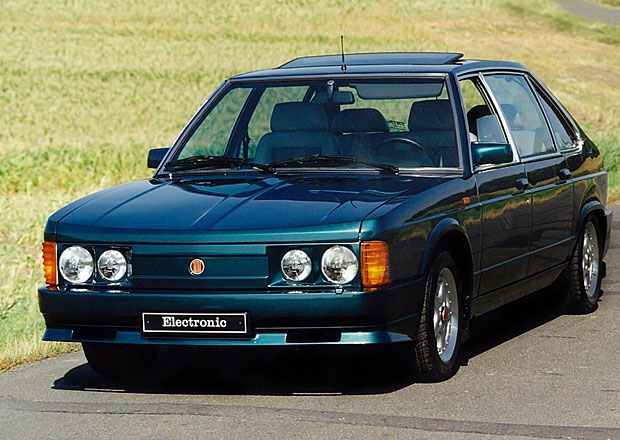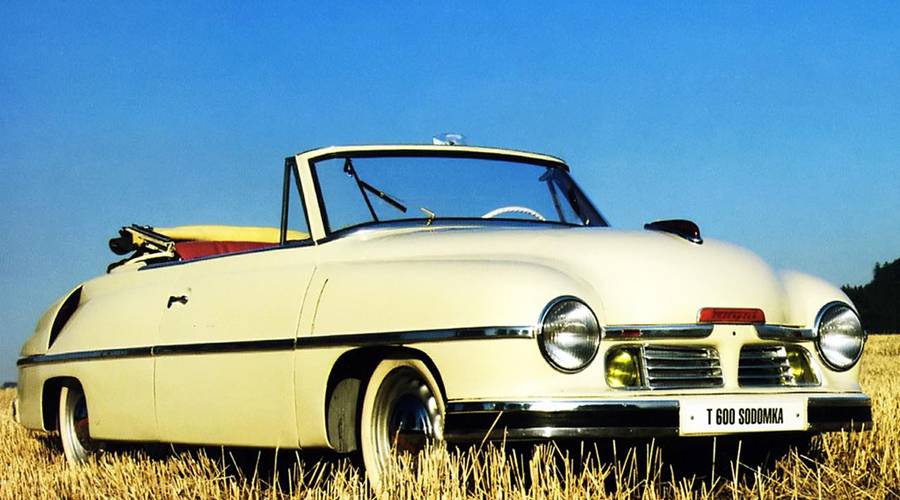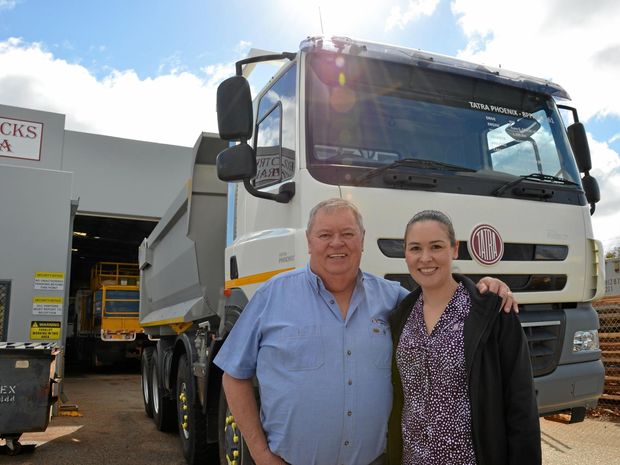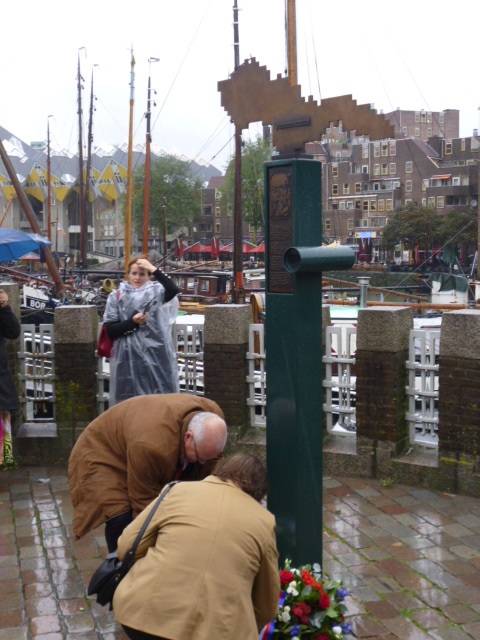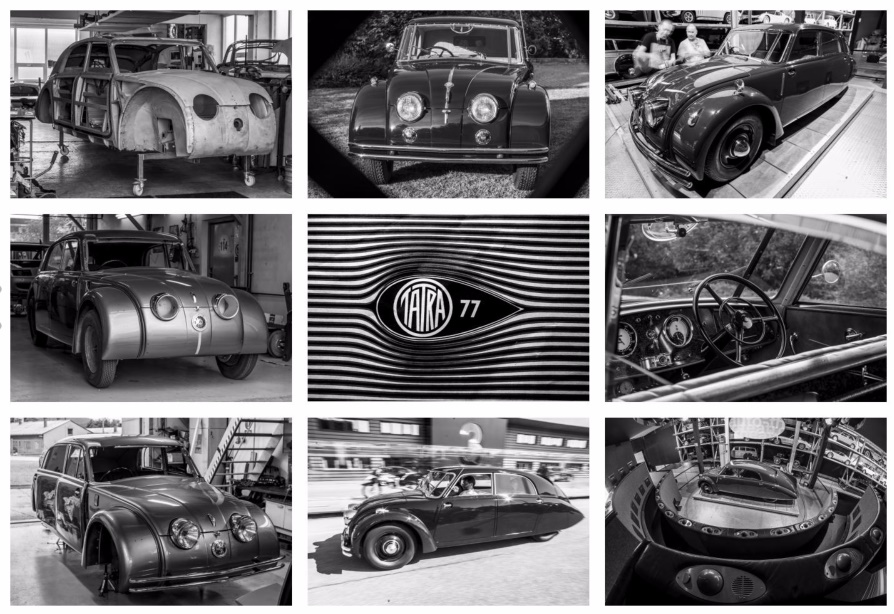Legendary T600 1953 EVO V8 is going to Le Mans
The picture is the legendary T600 1953 EVO V8, the only car of its kind in the world, originally donated to Hanzelka and Zikmund’s traveler on February 13, 1953. This is the EVOluce transition from T600 to T603.
According to severeral sources this T600 from 1953, named by its owners Tatyra T 600 EVO V8, is an evolution model between the T 600 and the T 603, donated to Hanzelka and Zikmund in February 1953, something that could not be confirmed by the Tatra Museum. In restored form it was believed that it would compete in the Le Mans Classic race as a rarity. Drivers named are Duncan John Arthurs, Josef Smarda and Austen Wells
Austen Wells is an experienced British classic racer.
Duncan John Arthurs is known in the UK for his outings with his T 11 sports car.
Question is: Is it an original T 600 transition model? Personally I do not think so though more stories would be welcome. There are too many odds in the present story. The T 603 is said to have 180 hp. Impossible in 1953 imho. The claimed fact that it is an ex Hanzelka-Zikmund car could not be confirmed by the curators of the Tatra Museum either. Further, Tatraplans fitted with a T 603A engine had louvres in the rear bonnet (on the same position as the T 87) and not louvres low down as on the T 603.
In November 2014 the Czech and Slovak ambassadors in the Netherlands received the first copies of the “Rotterdam Yearbook 2014″ from the City Archivist Ms Jantje Steenhuis. In this book Mr Gert Andeweg describes an event in Rotterdam in the First World War which proved to be of historic significance: Professor Tomáš G. Masaryk, the first president of Czechoslovakia from 1918-1935, chose the neutral Netherlands to share his vision of a new state in a postwar Central Europe with Robert W. Seton-Watson, a friend at the British newspaper The Times. In October 1914 they met in secret at the Hotel Weimar, which was situated at Spaansche Kade corner Haringvliet in the very center of Rotterdam. Seton-Watson reported about his conversations with Masaryk in a “Memorandum on the future of Bohemia”, which he sent on November 5, 1914 to the British Foreign Office. Copies were shared with the Ministries of Foreign Affairs in Paris and St. Petersburg. Consequently, Masaryk’s ideas became known to the Allied States of WW I.
In the peace agreements after the end of WW I, Masaryk’s intellectual input at hotel Weimar proved to be of prophetic significance. The borders of the new states were drawn along lines that Masaryk mentioned to Seton-Watson four years earlier.
Because of the importance of this historic meeting Mr Pieter J. Goedhart, Czech expert and co-author of books about this country, and Mr Jan C. Henneman, former ambassador of the Netherlands in the Czech Republic, took the initiative to establish a monument commemorating this event.
The Foundation Comenius Museum is ready to become the (legal) owner of the monument in Rotterdam.

In November 2014 the Czech and Slovak ambassadors in the Netherlands received the first copies of the “Rotterdam Yearbook 2014″ from the City Archivist Ms Jantje Steenhuis. In this book Mr Gert Andeweg describes an event in Rotterdam in the First World War which proved to be of historic significance: Professor Tomáš G. Masaryk, the first president of Czechoslovakia from 1918-1935, chose the neutral Netherlands to share his vision of a new state in a postwar Central Europe with Robert W. Seton-Watson, a friend at the British newspaper The Times. In October 1914 they met in secret at the Hotel Weimar, which was situated at Spaansche Kade corner Haringvliet in the very center of Rotterdam. Seton-Watson reported about his conversations with Masaryk in a “Memorandum on the future of Bohemia”, which he sent on November 5, 1914 to the British Foreign Office. Copies were shared with the Ministries of Foreign Affairs in Paris and St. Petersburg. Consequently, Masaryk’s ideas became known to the Allied States of WW I.
In the peace agreements after the end of WW I, Masaryk’s intellectual input at hotel Weimar proved to be of prophetic significance. The borders of the new states were drawn along lines that Masaryk mentioned to Seton-Watson four years earlier.
Because of the importance of this historic meeting Mr Pieter J. Goedhart, Czech expert and co-author of books about this country, and Mr Jan C. Henneman, former ambassador of the Netherlands in the Czech Republic, took the initiative to establish a monument commemorating this event.
Masaryk became Czechoslovakia’s first president. He passed away in 1935.
The monument was unveiled in November 2015 in presence of the Czech and Slovak ambassadors.
On the occasion of T.G. Masaryk’s 80th anniversary of death, on September 14th 2017, the Czech and Slovak ambassadors held a short commemorative service at the monument Czech ambassador held a short speech while children of the
Louny music school, sang the Czechoslovak anthem.
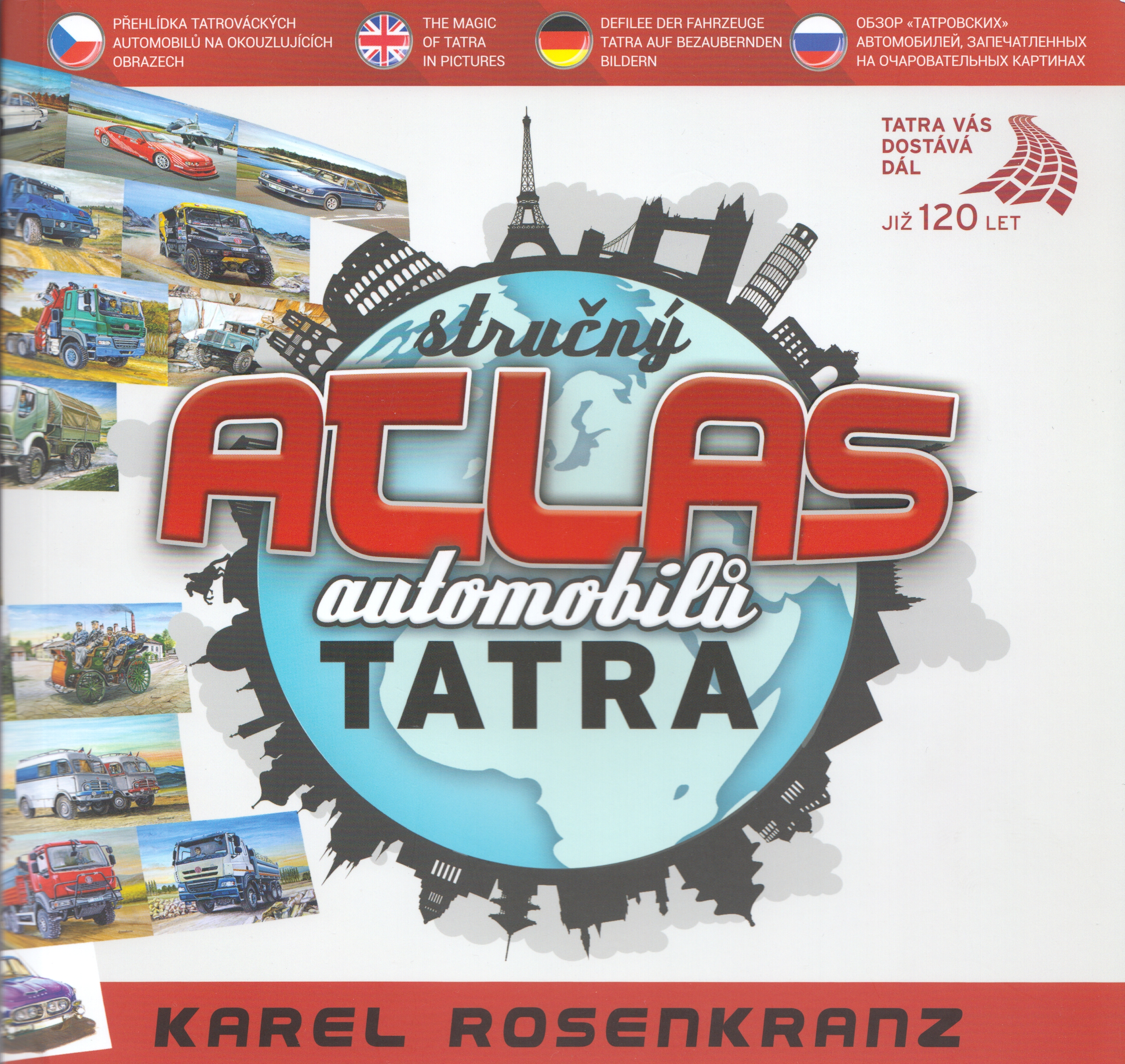
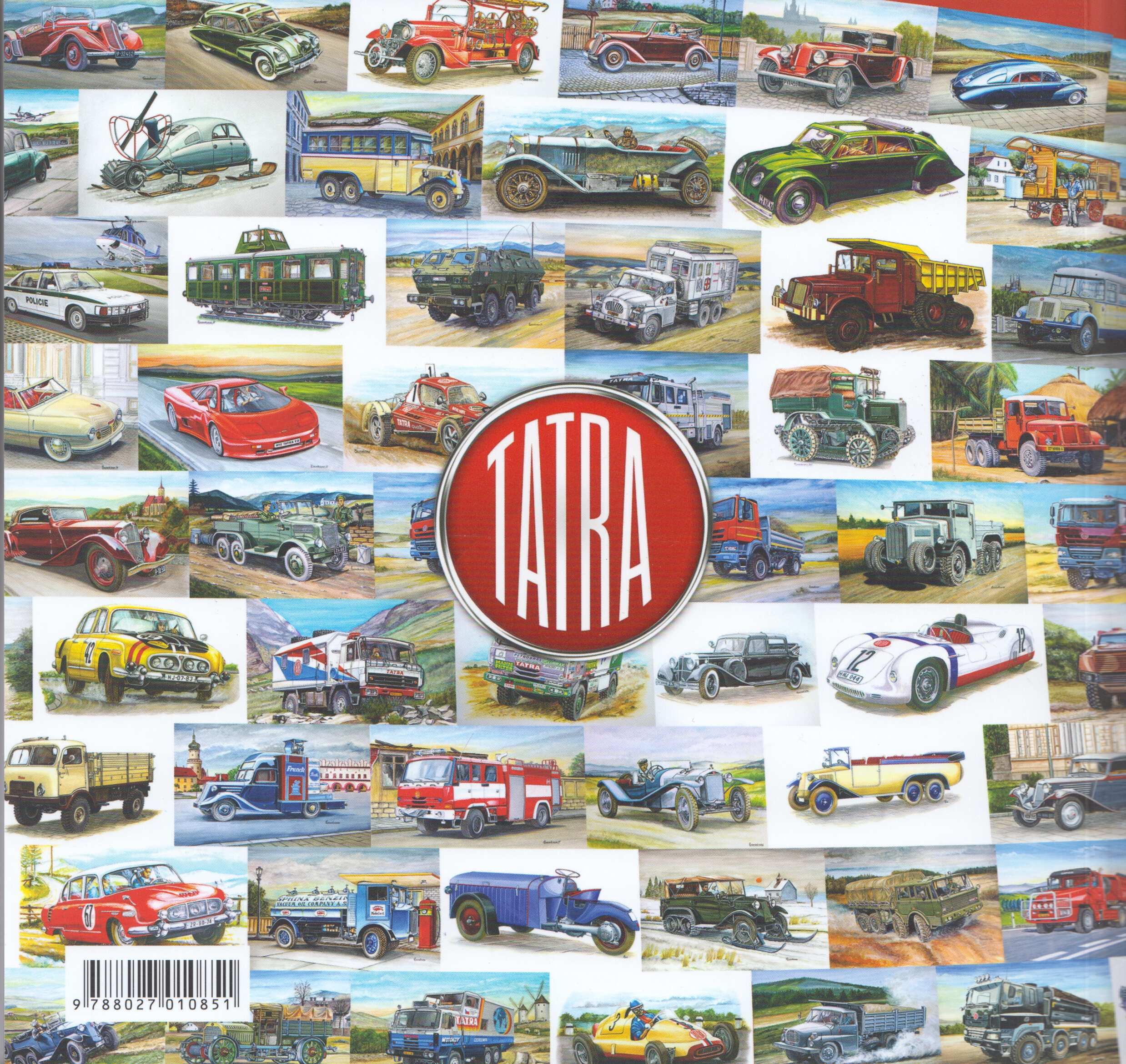
A new Tatra book has been published by Lupress:
Strucny Atlas Automobilu by Karel Rosenkranz.
The book is in fact a collection of Tatra car and truck paintings by Karel Rosenkranz, not only a former Tatra Museum director, but also a graphic by origin whose Tatra drawings have been published in several books as well on calendars.
The book numbers 255 pages and is multilingual. ISBN: 978-80-270-1085-1
The book is available at the Tatra Museum, also on line: https://shop.tatramuseum.cz/uvodni-stranka/knihy-c14/kniha-atlas-automobilu-tatra-i2382/
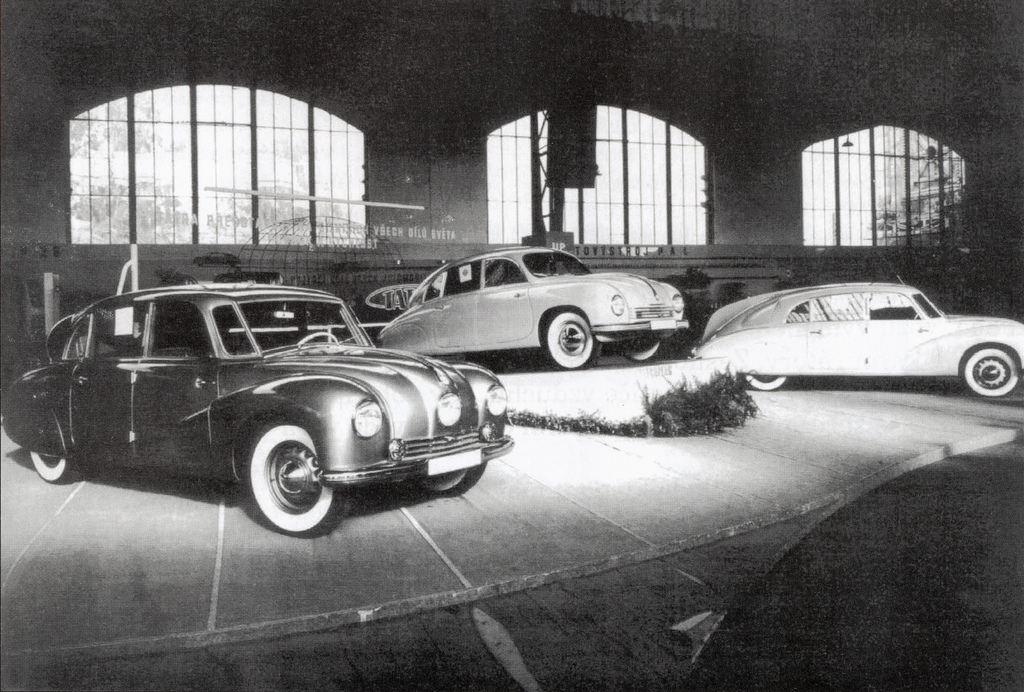 https://translate.google.nl/translate?sl=cs&tl=en&js=y&prev=_t&hl=nl&ie=UTF-8&u=https%3A%2F%2Fauto.idnes.cz%2Ftatra-600-tatraplan-0mv-%2Fauto_ojetiny.aspx%3Fc%3DA171016_223330_auto_ojetiny_erp&edit-text=
https://translate.google.nl/translate?sl=cs&tl=en&js=y&prev=_t&hl=nl&ie=UTF-8&u=https%3A%2F%2Fauto.idnes.cz%2Ftatra-600-tatraplan-0mv-%2Fauto_ojetiny.aspx%3Fc%3DA171016_223330_auto_ojetiny_erp&edit-text=
